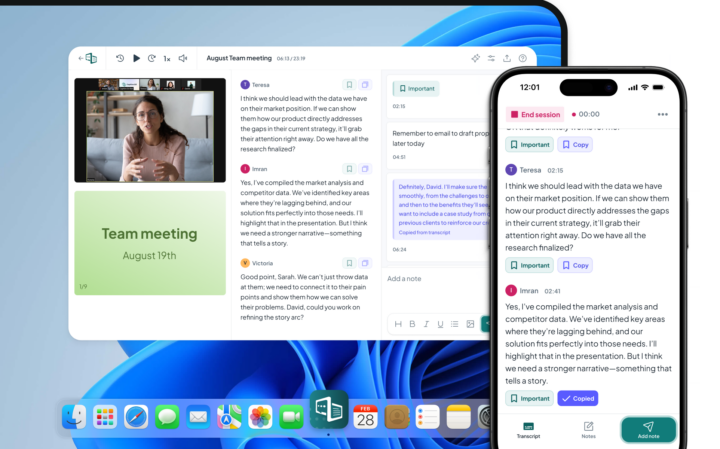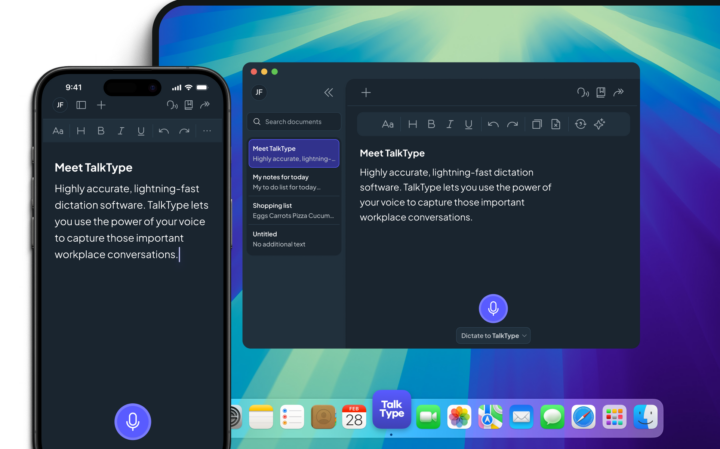Why Weaponized Incompetence Is a Problem at Work
When weaponized incompetence is left unaddressed in the workplace, it can cause a whole host of issues that affect staff morale, productivity, and wellbeing. These include:
Unequal power dynamics and informal hierarchies
Although weaponized incompetence can happen at any level, when managers use weaponised incompetence as a means to start delegating leadership tasks that they should be doing themselves, it can be seen as an abuse of power. This is especially true if they expect staff members to complete additional work on top of what they’re already doing without additional pay.
Poor relations among the team
Over time, workload imbalances can lead to tensions amongst staff, which can create more fragmented teams. When staff feel ‘used’ or undervalued, they tend to naturally gravitate towards others who feel the same. This can create a sense of ‘us’ and ‘them’ in the workplace, which isn’t conducive to a healthy, productive team.
Increased stress and burnout
Those having to take on extra responsibilities are far more likely to become stressed or burnt out, which tends to lead to increased absence, lower productivity, and poor staff retention. In one study conducted by the CIPD, it was found that 76% of employees had taken time off for stress in the space of a year. This shows just how significant the impact of stress can be.
An unfair and unstable workplace culture
Lastly, weaponized incompetence can be extremely damaging for workplace culture. If nobody intervenes when employees adopt unfair practices, it sends out the message that it’s okay for some people to do less work or manipulate others without consequences. This can be particularly damaging if certain staff members see this behaviour being enabled/not stopped and decide to do the same.





